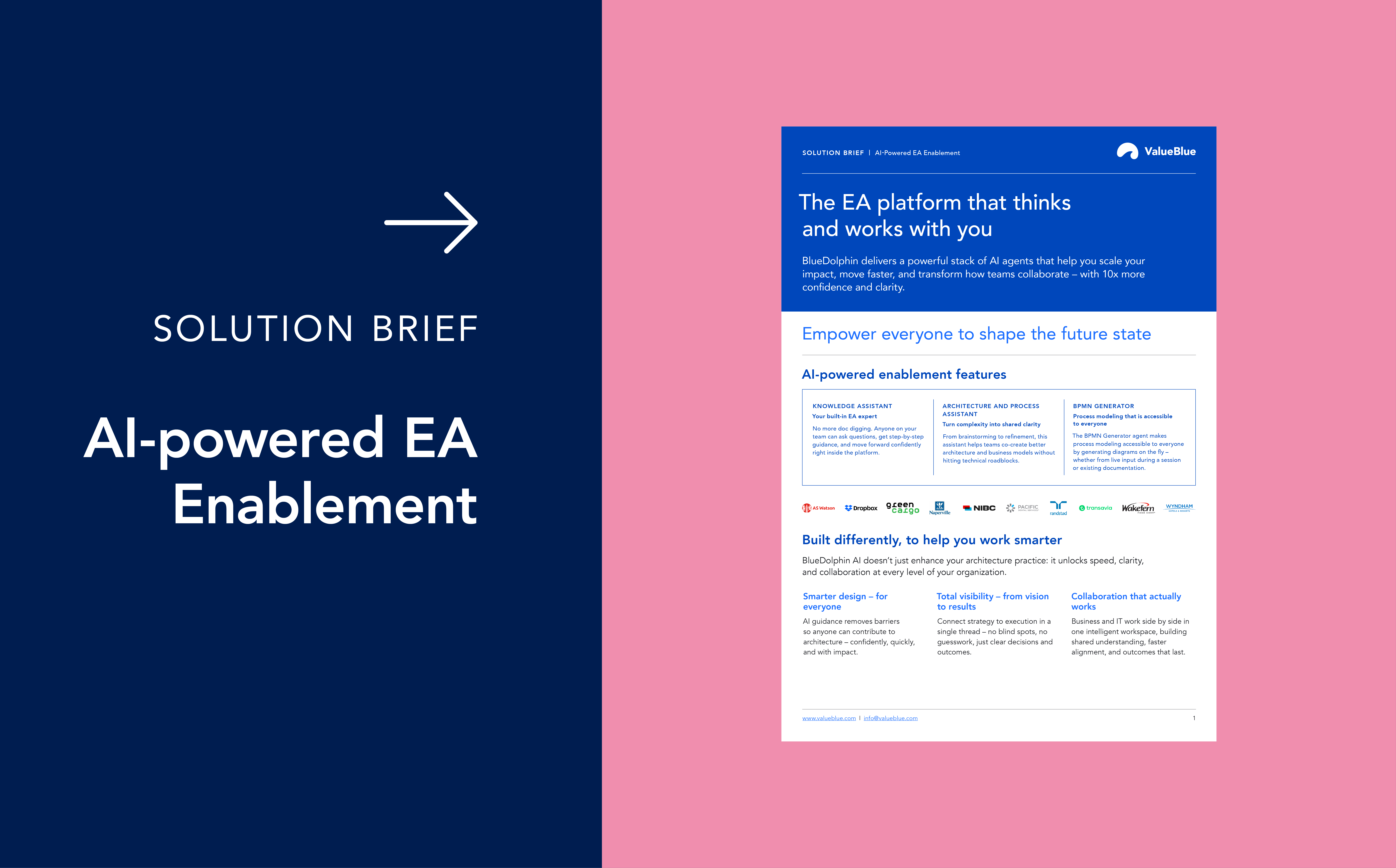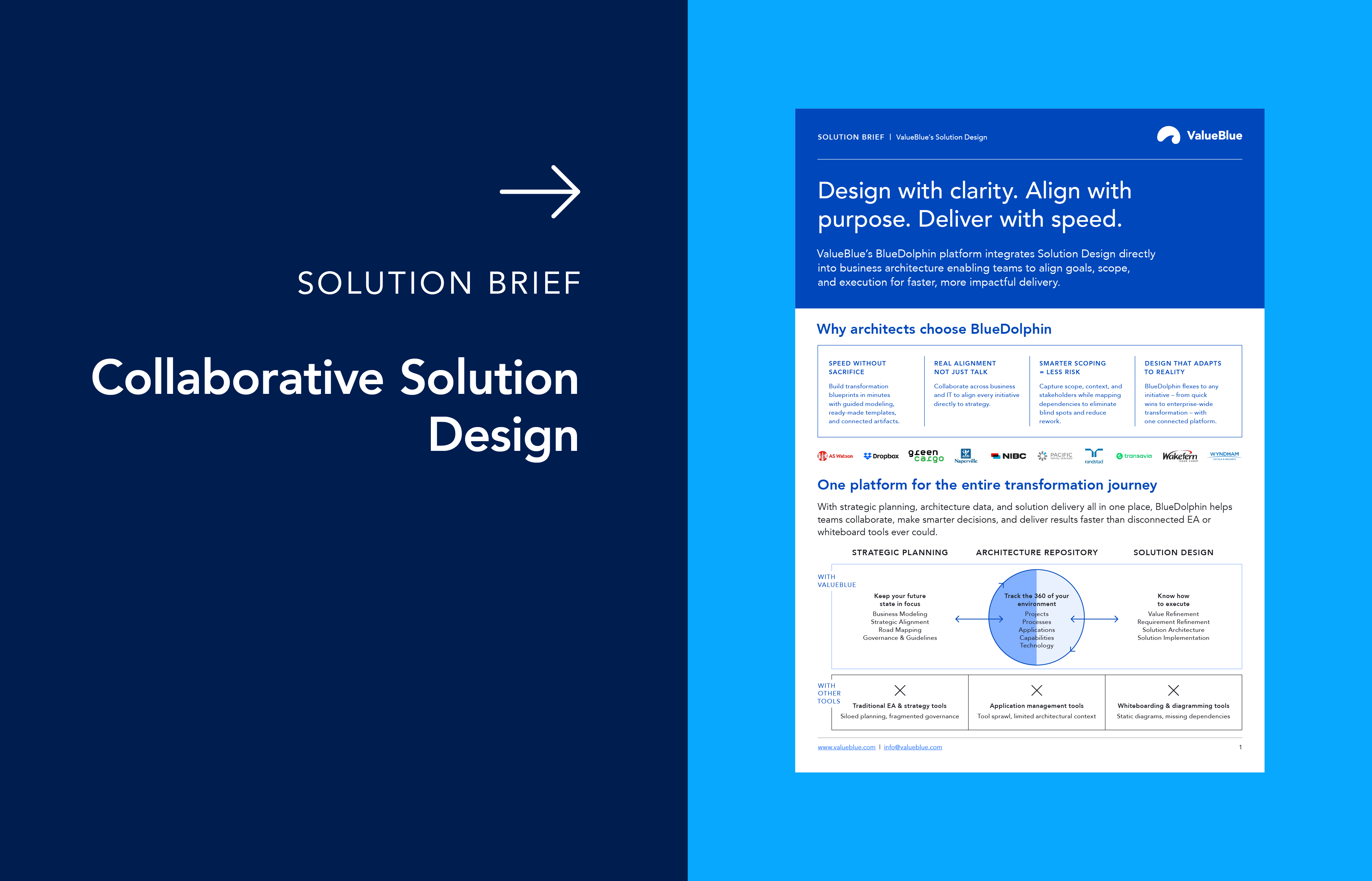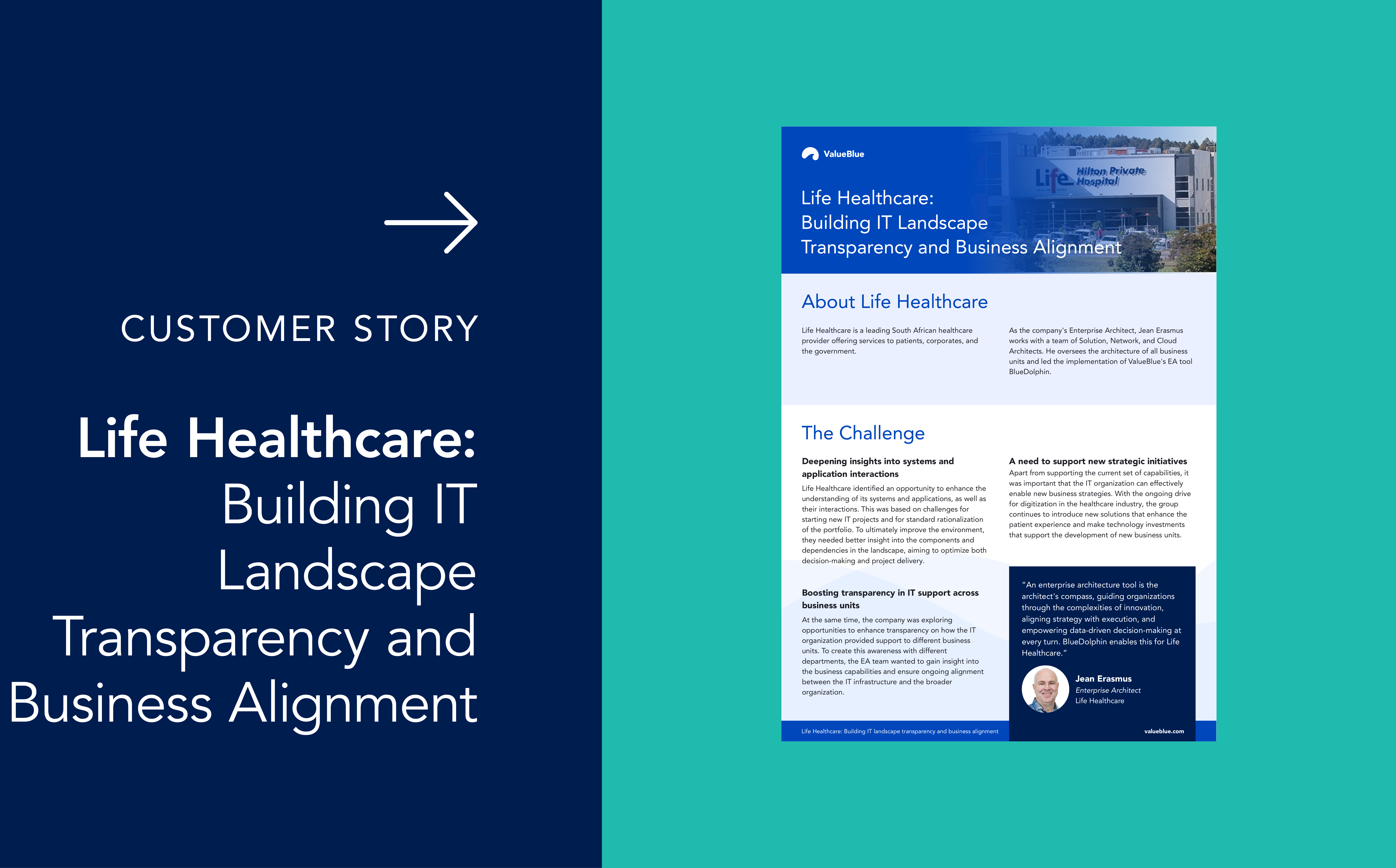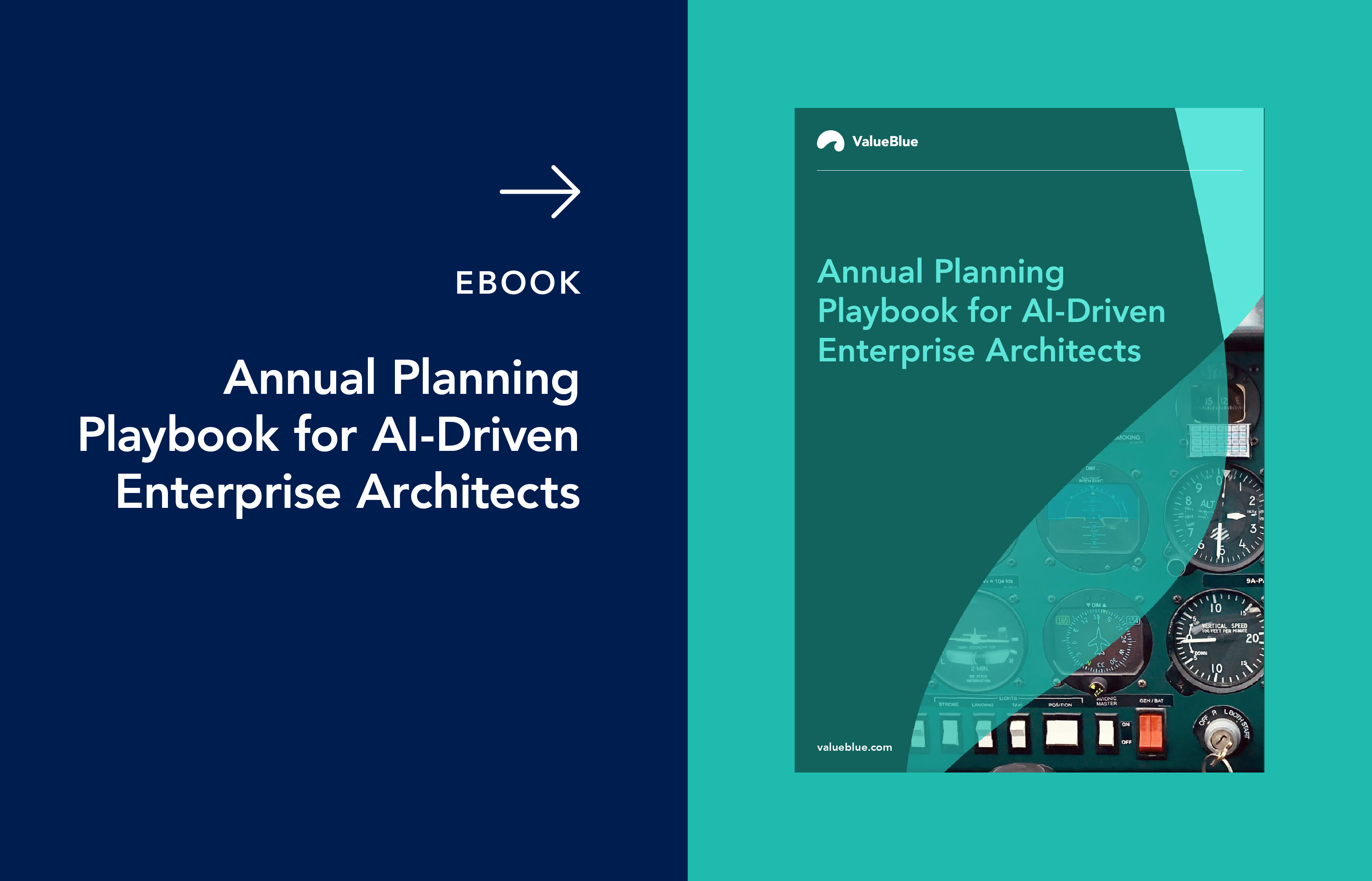Business Transformation: The Agile Evolution
The evolution of organizational landscapes
The evolution of business transformation is picking up pace.
It’s the conversation that so many architects and IT leaders dread – “are we agile enough to enable the business to transform as efficiently, effectively and securely as it needs to?”
Combine this requirement for speed, rationalization and nimbleness with the frankly explosive complexity of the data and IT landscapes we manage, and sure enough, the idea of achieving true agility can feel out of reach.
Yet we must.
We must continue to maintain a grip on our expanding IT landscapes, optimize our ever-evolving processes and somehow take control of our snowballing data, in order to keep putting our customers first.
We’re in the information age, and all organizations must transform to keep pace and remain in the game.
Striving for agility is what helps them get there.
Speeding up Business Transformation
As the speed of innovation accelerates along with the complexity of our enterprise IT landscapes, the so-called ‘agility gap’ widens. It is up to technology and transformation leaders to manage ‘Industry 4.0’ and ensure their organizations find ways to minimize this gap between organizational strategy and leadership, and technology, people and process enablers.
It’s important to regard agility as more than the corporate buzzword of the decade. The concept of agility has been around for some time, but research shows that little is actually happening within enterprises to support implementing an agile approach.
The reality is that we operate today in a rapidly changing environment that comprises a variety of challenges – evolving customer demands and behaviour, new market entrants and globalization for starters. These factors really do make business transformation non-negotiable.
But how much potential is there in accelerating transformation efforts? What enablers for agility are vital for transformation success? In other words: How on earth can we ensure we move with enough speed?
Realizing agility
Transformation is not one and done.
Transformation of a company, its processes, capabilities and competencies from its current to a future state is continuous, and must be tackled in a structured manner from IT. Taking an agile approach means eliminating processes that are not needed or use unnecessary resources, and enabling an increase in speed. It means making more effective, strategic decisions, and balancing innovation with day-to-day operations.
Successfully developing an agile business transformation approach depends on a number of factors. In this article, we wanted to highlight three core pre-requisites that need to be on the radar of any organization working towards agile business transformation.
- Minimize your risk and ensure business continuity
- Maximize business impact by prioritizing projects that support the company’s key objectives
- Increase your efficiency by improving your collaboration
Minimize your risk and ensure business continuity
Insights into the business, IT and data are needed to minimize architectural complexity, avoid unanticipated errors and mitigate risk.
Firstly, it’s vital to align the application landscape, process and project architecture with organizational strategy. The business must be enabled with the tools and technology required to achieve its strategic business initiatives – particularly when it comes to innovation.
Application Portfolio Management and Data Management serve to help IT organizations ensure continuity by identifying potential risk and acting fast (for example, by mitigating legacy or EOL technology and safeguarding the company’s compliance with data laws and regulations).
Maximize business impact by prioritizing projects that support the company’s key objectives
Effective business transformation is out of reach until an organization commits to prioritizing the projects and investments that not only create the largest gains for the organization but that also directly contribute to strategic objectives.
Project & Portfolio Architecture is a strategic concept that involves managing multiple project portfolios to achieve these strategic business objectives. By bridging the gap between strategy and execution, Project & Portfolio Architecture allows leadership teams to focus on ROI and improve project prioritization based on key metrics and decision-ready dashboards.
Increase your efficiency by improving your collaboration
It’s not surprising that collaboration has been identified as a key success factor for enterprise agility. True agility requires some pretty seamless collaboration between stakeholders, and interactions need to be based on timely and accurate information. To achieve this, a shared and centralized repository that contains the full overview of the organization’s processes, data, applications, projects and infrastructure – as well as how these relate to one another and the business objectives – is key.
When multiple stakeholders with varying jobs-to-be-done have a stake in such a repository, quality and accuracy becomes achievable.
In summary
Agile Business Transformation involves prioritizing value creation for the organization with speed and flexibility, without sacrificing stability or scale.
For more insight into business transformation and agile architecture, download our eBook: Agile working and the new role of Enterprise Architecture.




